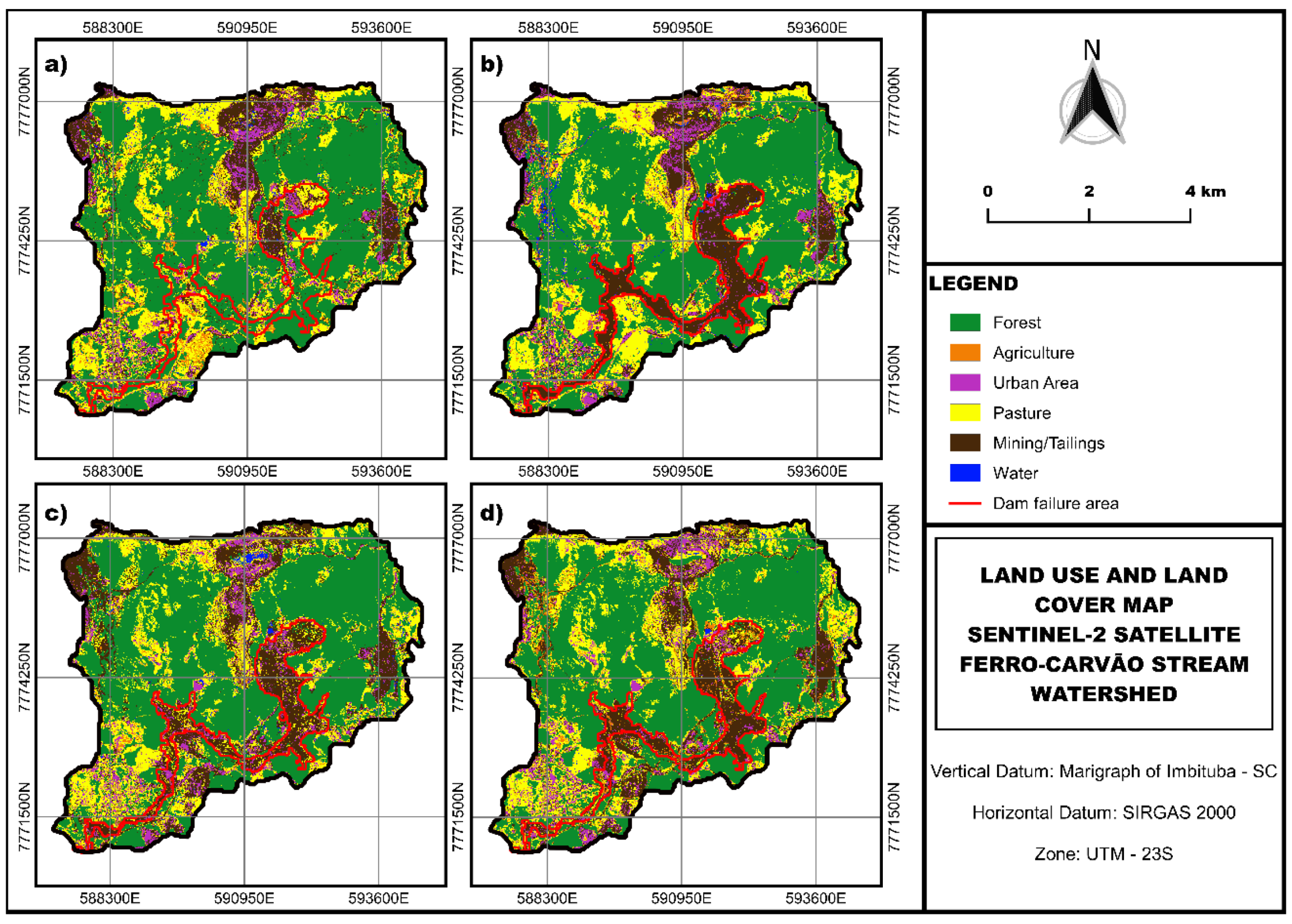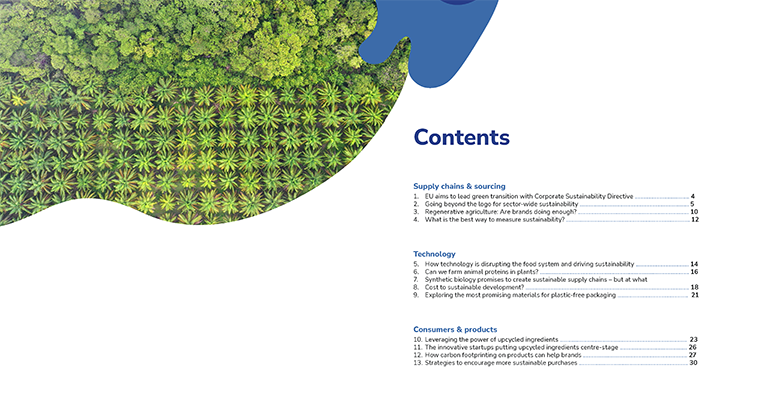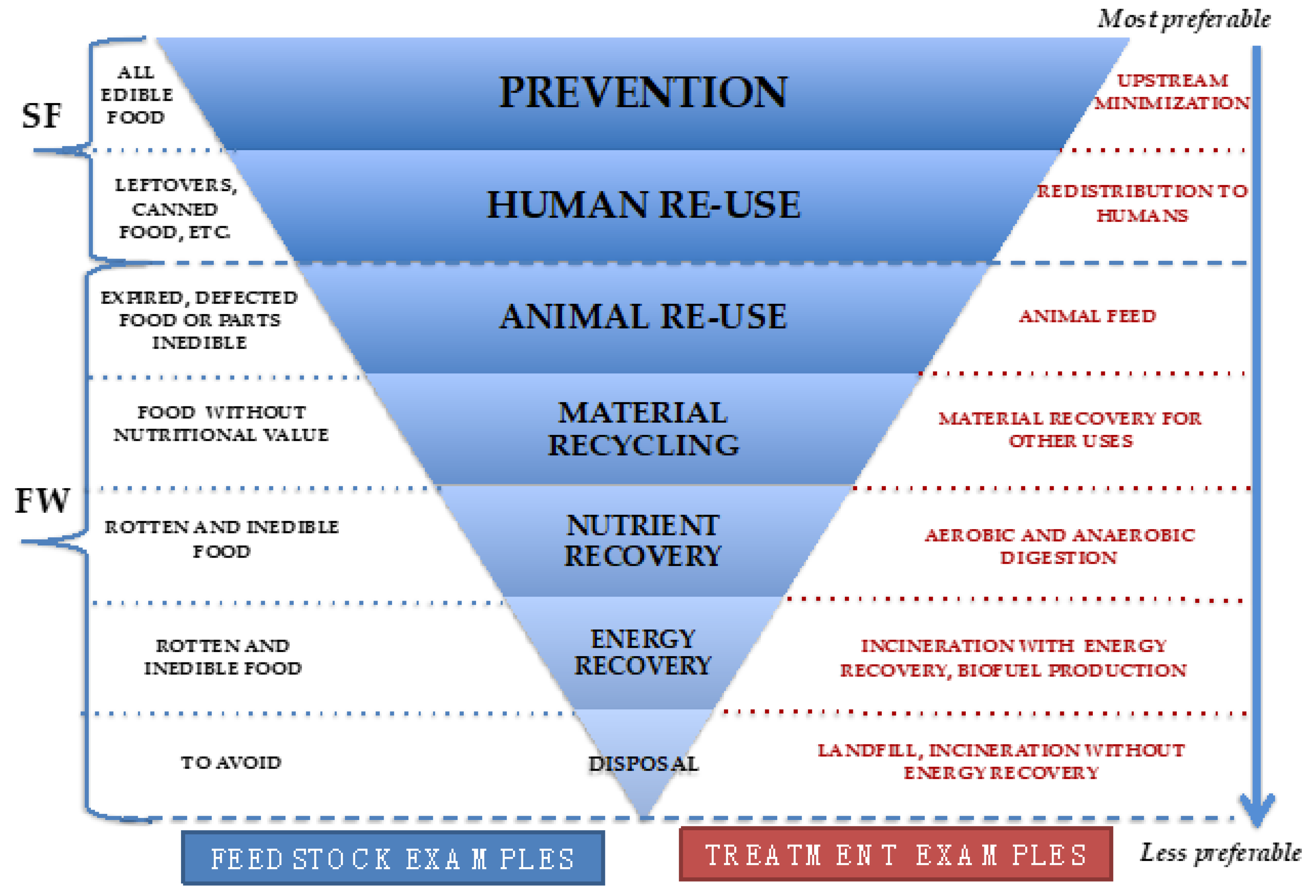Sustainability, Free Full-Text
Por um escritor misterioso
Last updated 14 abril 2025

The rupture of a tailings dam causes several social, economic, and environmental impacts because people can die, the devastation caused by the debris and mud waves is expressive and the released substances may be toxic to the ecosystem and humans. There were two major dam failures in the Minas Gerais state, Brazil, in the last decade. The first was in 2015 in the city of Mariana and the second was in 2019 in the municipality of Brumadinho. The extent of land use and cover changes derived from those collapses were an expression of their impacts. Thus, knowing the changes to land use and cover after these disasters is essential to help repair or mitigate environmental degradation. This study aimed to diagnose the changes to land cover that occurred after the failure of dam B1 in Brumadinho that affected the Ferro-Carvão stream watershed. In addition to the environmental objective, there was the intention of investigating the impact of image preparation, as well as the spatial and spectral resolution on the classification’s accuracy. To accomplish the goals, visible and near-infrared bands from Landsat (30 m), Sentinel-2 (10 m), and PlanetScope Dove (4.77 m) images collected between 2018 and 2021 were processed on the Google Earth Engine platform. The Pixel Reduction to Median tool was used to prepare the record of images, and then the random forest algorithm was used to detect the changes in land cover caused by the tailings dam failure under the different spatial and spectral resolutions and to provide the corresponding measures of accuracy. The results showed that the spatial resolution of the images affects the accuracy, but also that the selected algorithm and images were all capable of accurately classifying land use and cover in the Ferro-Carvão watershed and their changes over time. After the failure, mining/tailings areas increased in the impacted zone of the Ferro-Carvão stream, while native forest, pasture, and agricultural lands declined, exposing the environmental deterioration. The environment recovered in subsequent years (2020–2021) due to tailings removal and mobilization.

Sustainability, Full Stop

Sustainability, Free Full-Text

Deadline Extended! How can Food, Water, Energy nexus drive

PDF) Doing Good Better: Impure Altruism in Green Apparel

Powerpoint / Google Slides Sustainability Management (Instant

Education - United Nations Sustainable Development

Soft Skills – A training program based on serious games

ChildFund Alliance Environmental Sustainability Standards

Spotlight on sustainability: Future-proofing the food supply chain

Infographics : The Hartman Group

high vibration food pyramid
Recomendado para você
-
SCP1000 / SCP200014 abril 2025
-
Asx200bx Manual, PDF, Electromagnetic Compatibility14 abril 2025
-
 Lithium Carbonate Recovery from Cathode Scrap of Spent Lithium-Ion Battery: A Closed-Loop Process14 abril 2025
Lithium Carbonate Recovery from Cathode Scrap of Spent Lithium-Ion Battery: A Closed-Loop Process14 abril 2025 -
 Chemosensors, Free Full-Text14 abril 2025
Chemosensors, Free Full-Text14 abril 2025 -
Combination treatment of berberine and solid lipid curcumin particles increased cell death and inhibited PI3K/Akt/mTOR pathway of human cultured glioblastoma cells more effectively than did individual treatments14 abril 2025
-
 m - GIG Concepts Publications14 abril 2025
m - GIG Concepts Publications14 abril 2025 -
ATM Switch Network Configuration Manual, PDF, Electromagnetic Compatibility14 abril 2025
-
 Speakers ⇽ ATD 2021 Latin America Conference - Virtual14 abril 2025
Speakers ⇽ ATD 2021 Latin America Conference - Virtual14 abril 2025 -
distinct14 abril 2025
-
 Bushnell Elite Tactical ERS 3.5-21x50 Riflescope G2 Reticle 34mm14 abril 2025
Bushnell Elite Tactical ERS 3.5-21x50 Riflescope G2 Reticle 34mm14 abril 2025
você pode gostar
-
 Cuba Scores, Stats and Highlights - ESPN14 abril 2025
Cuba Scores, Stats and Highlights - ESPN14 abril 2025 -
Wavefront obj blender download14 abril 2025
-
 Carro Pick Up com Controle Remoto - Amarelo - Button Shop14 abril 2025
Carro Pick Up com Controle Remoto - Amarelo - Button Shop14 abril 2025 -
 Popping Bubbles - Ape Market14 abril 2025
Popping Bubbles - Ape Market14 abril 2025 -
 Minecraft Earth Skins Guide - How to Select Your Skins14 abril 2025
Minecraft Earth Skins Guide - How to Select Your Skins14 abril 2025 -
 CoD: Black Ops 4 Zombies Survival Guide: IX - Dot Esports14 abril 2025
CoD: Black Ops 4 Zombies Survival Guide: IX - Dot Esports14 abril 2025 -
![RELEASE] Kero Blaster v1.1 - Port two free spin-off games pink hour & heaven, update to the latest game version, and fix known bugs : r/vitahacks](https://external-preview.redd.it/bbhjn8dZP4VVJzEoF9A3Wn89CEA2kQTu3xu6hz30vS0.jpg?auto=webp&s=5a51e92de2b7076f2622fb1b17b41fbc1aa72514) RELEASE] Kero Blaster v1.1 - Port two free spin-off games pink hour & heaven, update to the latest game version, and fix known bugs : r/vitahacks14 abril 2025
RELEASE] Kero Blaster v1.1 - Port two free spin-off games pink hour & heaven, update to the latest game version, and fix known bugs : r/vitahacks14 abril 2025 -
 MOTOROLA MOTO G4 PLAY - MOTO G4 PLAY RECONHECE CHIP MAS SEM SINAL14 abril 2025
MOTOROLA MOTO G4 PLAY - MOTO G4 PLAY RECONHECE CHIP MAS SEM SINAL14 abril 2025 -
Marine Corps Snipers Test New Rifle > Marine Corps Systems Command > News Article Display14 abril 2025
-
 Stream Terraria Calamity Mod - Raw, Unfiltered Calamity (REMIX) by CDMusic14 abril 2025
Stream Terraria Calamity Mod - Raw, Unfiltered Calamity (REMIX) by CDMusic14 abril 2025


